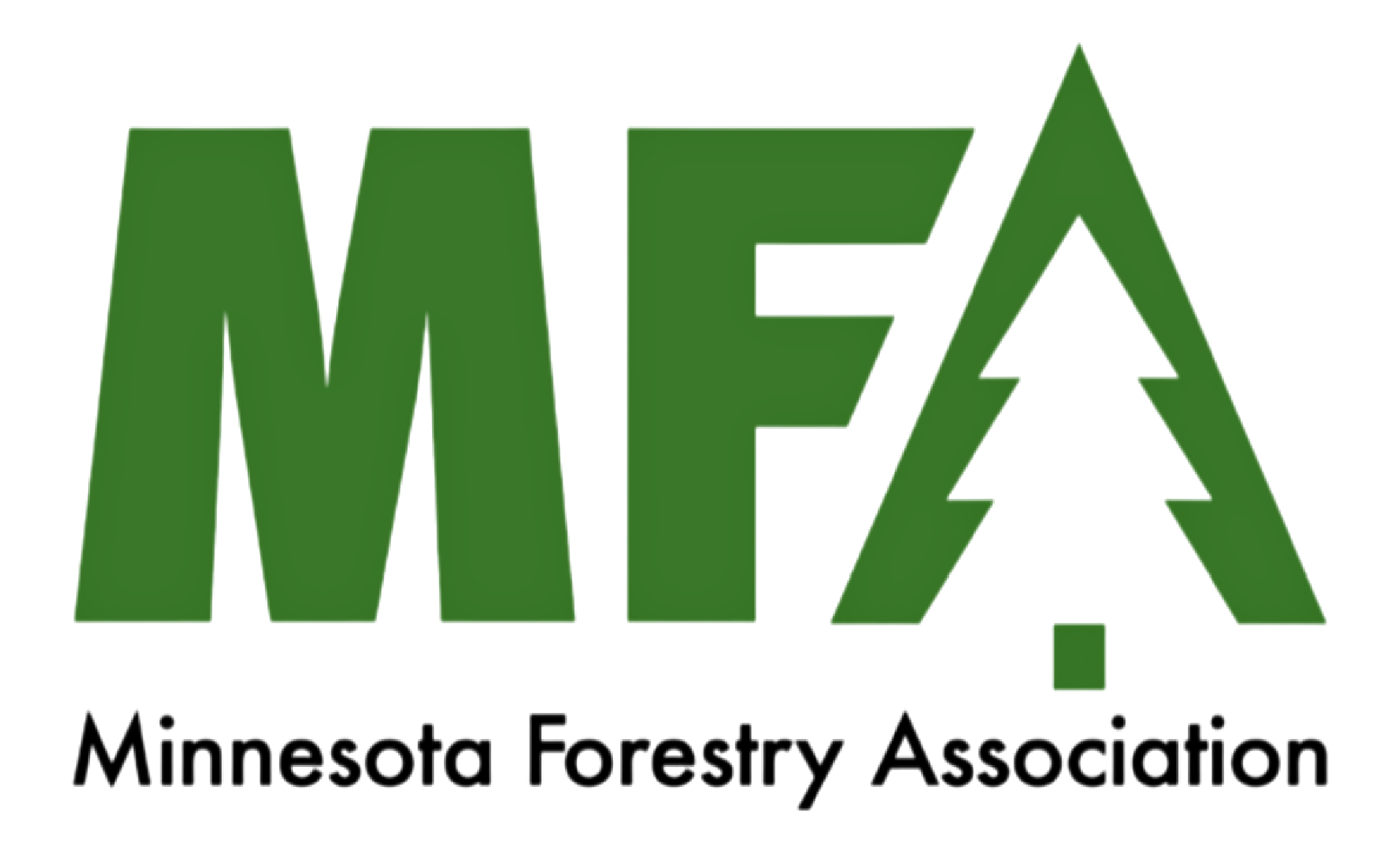What Will Minnesota’s Forests Look Like in 2100?
Anthropogenic Climate change (this means, climate change originating in human activity) is driving changes to our forest landscapes. We can and do manipulate forest diversity, composition and structure through management decisions
What will happen if we can stabilize carbon emissions?
What will happen if we bring in new industries or develop new products?
What if carbon sequestration and carbon offsets are the products themselves?
The ForCAST tool attempts to provide forestry professionals and land managers with an opportunity to evaluate how a changing climate and changing markets might affect Minnesota’s forests and the ecosystem services that they provide at an area or regional level
There are limitations:
ForCAST cannot provide land managers with definitive answers about what a management unit will or will not look like at some point in the future.
Forest Landscape Modeling cannot be expected to accurately depict specific sites or individual stands or how climate change or proposed management activities will affect or impact an individual parcel.
Before using the tool, you will be asked to consent to the following: Disclaimer:
The ForCAST tool was designed to provide land managers with a view to how a changing climate and changing markets for forest products may impact forests, wildlife habitat, and water quantity.
While this tool may be useful for thinking about how a particular parcel fits into the landscape it is not meant to support decisions at small spatial or temporal scales.
